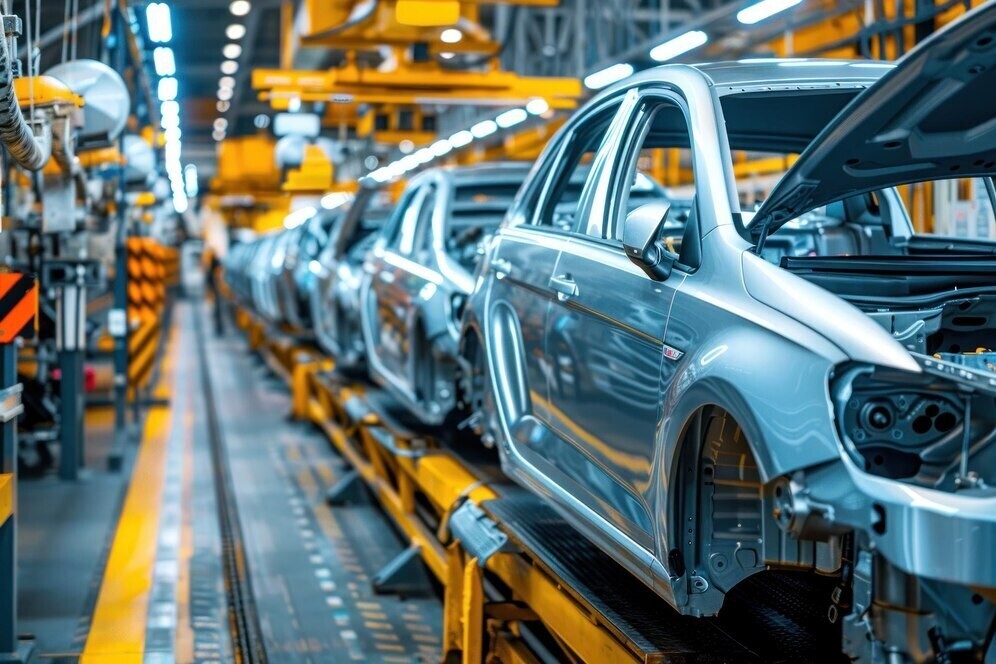

Constellium has announced the successful completion of the ISA3 Research and Development (R&D) project. Launched in 2021, the initiative focused on advancing lightweight automotive design by developing next-generation aluminium components that are lighter, more cost-effective, and highly recyclable.

Carried out in collaboration with Renault Group, the ESI Group, the Institut de Soudure (Welding Institute), and the University of Lorraine, the project received financial backing from the France Relance program.
“The innovations achieved through this collaboration demonstrate the transformative potential of aluminium to support the decarbonization of the automotive industry while delivering cost benefits,” said Ludovic Piquier, senior vice president of Manufacturing Excellence and chief technical officer at Constellium.
A major milestone of the ISA3 project is the development of an innovative aluminium door in collaboration with Renault. Leveraging Constellium’s proprietary 6xxx series rolled and extruded single-alloy solutions, the R&D team achieved a 14 per cent weight reduction compared to standard aluminium doors typically used in compact battery electric vehicles.
The door’s design incorporates a unique combination of aluminium alloys that supports closed-loop recycling throughout its entire life cycle. This not only streamlines the recycling process but also substantially lowers the product’s carbon footprint. As a result, the new solution delivers a 33% reduction in Global Warming Potential (GWP), underscoring the project’s strong commitment to sustainable innovation.
Beyond the advancements in lightweight and sustainability, the ISA3 project also uncovered opportunities to optimize production processes, enhancing both efficiency and flexibility. These improvements translate into better-performing components and lower manufacturing costs.
Patrice Belliard, Flat Products Specialist at Renault Group, emphasized that the ISA3 project played a crucial role in showcasing how aluminium solutions can effectively contribute to reducing both vehicle weight and production costs in the automotive industry.



Responses






